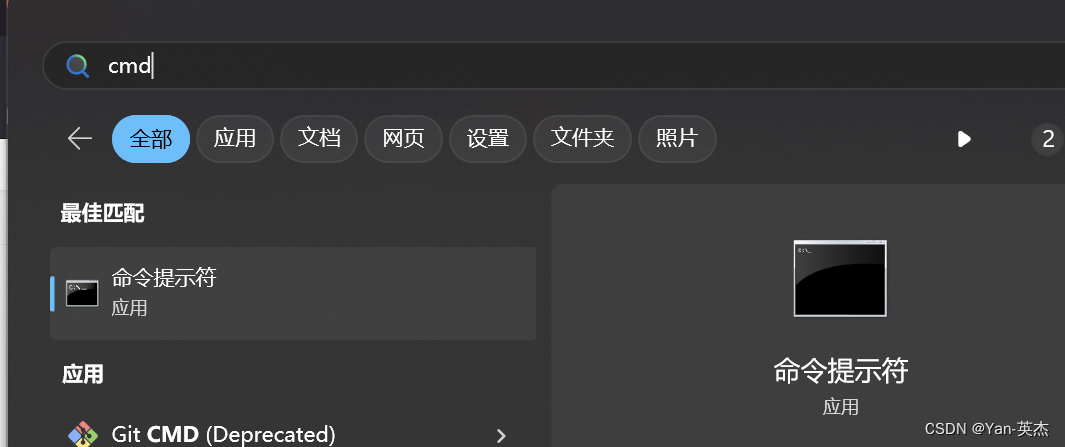The above exception was the direct cause of the following exception:
目录
[The above exception was the direct cause of the following exception:](#The above exception was the direct cause of the following exception:)
欢迎来到英杰社区![]() https://bbs.csdn.net/topics/617804998
https://bbs.csdn.net/topics/617804998
欢迎来到我的主页,我是博主英杰,211科班出身,就职于医疗科技公司,热衷分享知识,武汉城市开发者社区主理人
擅长.net、C++、python开发, 如果遇到技术问题,即可私聊博主,博主一对一为您解答
修改代码、商务合作:
Yan--yingjie
Yan--yingjie
Yan--yingjie
【常见模块错误】
如果出现模块错误

python
进入控制台输入:建议使用国内镜像源
pip install 模块名称 -i https://mirrors.aliyun.com/pypi/simple
我大致罗列了以下几种国内镜像源:
清华大学
https://pypi.tuna.tsinghua.edu.cn/simple
阿里云
https://mirrors.aliyun.com/pypi/simple/
豆瓣
https://pypi.douban.com/simple/
百度云
https://mirror.baidu.com/pypi/simple/
中科大
https://pypi.mirrors.ustc.edu.cn/simple/
华为云
https://mirrors.huaweicloud.com/repository/pypi/simple/
腾讯云
https://mirrors.cloud.tencent.com/pypi/simple/【解决方案】
在Python中,异常链(Exception Chaining)是一个非常有用的概念,它允许程序员在抛出新的异常时保留原有的异常上下文。这种机制特别适用于多层异常处理场景,帮助开发者更好地理解错误发生的原因。
我们可以看到一个具体的例子来说明这一点:
python
# home/user/tmp.py
def example():
raise TypeError('Something awful has happened')
try:
example()
except TypeError as e:
raise ValueError('There was a bad value') from e在这个例子中,example()函数首先抛出了一个TypeError异常,然后在捕获到这个异常后,通过raise ... from ...语法将其转换为ValueError异常,并且保留了原始的TypeError异常上下文。
因此,当TypeError发生时,它是直接导致后续ValueError发生的根本原因。这正是异常链的典型应用,即通过raise ... from ...语法将一个异常的上下文传递给另一个异常,从而实现更细致的错误追踪和处理。